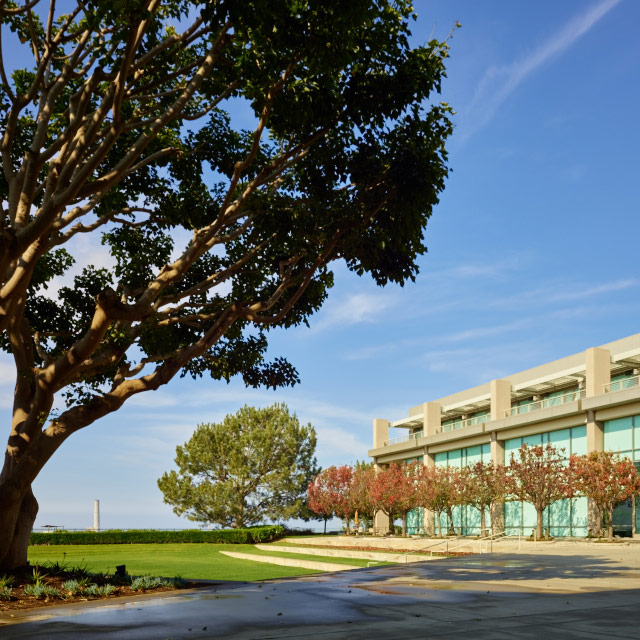Tech Tips
Road Diary – A Sunny Week with the A Series
Color. So much color! And where is all that light coming from?
Exiting the airport after a JFK to LAX mid-winter flight is like the scene in The Wizard of Oz where Dorothy steps out of sepia monotony into a world of vivid technicolor. After testing the Phase One A Series in the gloomy winter weather of NYC, I was tasked with running it through its paces on my work trip to San Diego, San Marino, Santa Barbara, and Los Angeles. They say “the grass is always greener on the other side” – in this case they are right.
Everyday life presents opportunities for great images that I normally have to pass up for want of a camera that is small enough to carry but lives up to my high standards for image quality. This is a tall order since the image quality of the medium format gear I use daily is quite addictive, raising your expectations. It can make shooting a “normal” camera a bit like drinking a Bud Lite after you’ve gotten a taste for a nice Belgium Abbey Ale. The A Series is surprisingly small and as a result, it ended up by my side throughout the trip. What follows is a diary of my week, as seen through the Alpagon 35HR lens of the A Series.
A Series on the Road
The first stop on our trip was the Gemological Institute of America which had recently purchased a DT DCH BC100 from our Division of Cultural Heritage. Following the business part of our visit we toured the building and saw their beautifully maintained courtyard. Passing the security gate on the way out I noticed the landscaping was creating a veritable urban forest.
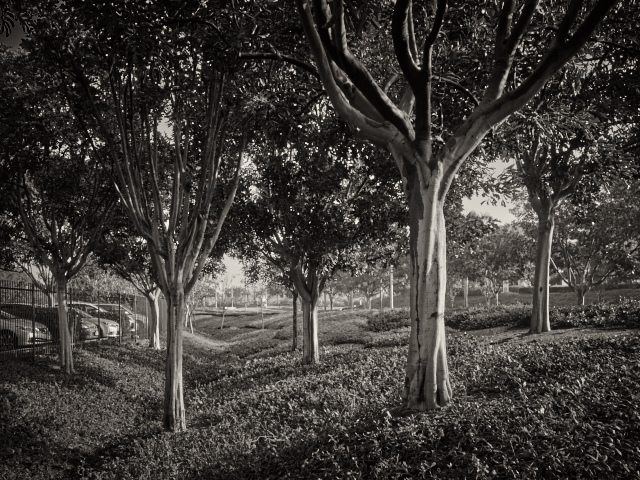
On the way to our next appointment we stopped by the side of the road and took in a scene with so many of the essentials of California life: agriculture, red roofs, ocean views, and a beautiful blue sky.

As the day wore on the effects of jet lag loomed, so a prophylactic Starbucks trip was in order.
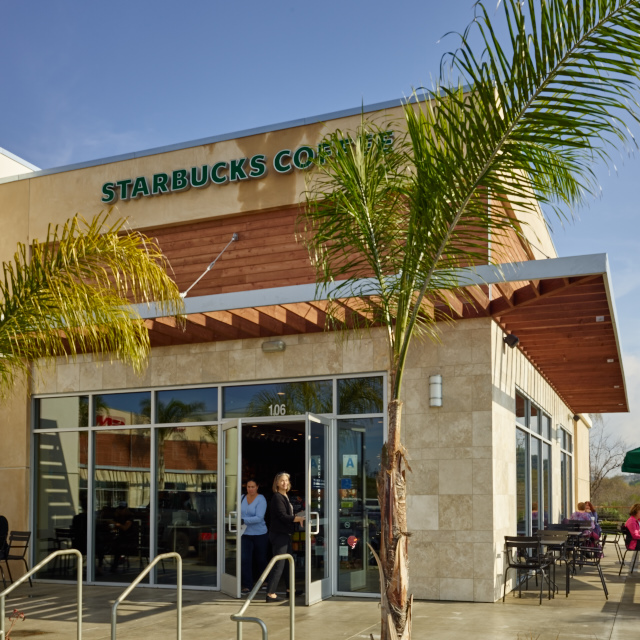
After meeting with the Huntington Museum we stopped for lunch in San Marino. The city hall there, and some surrounding buildings, proffered architecture, texture, and color.
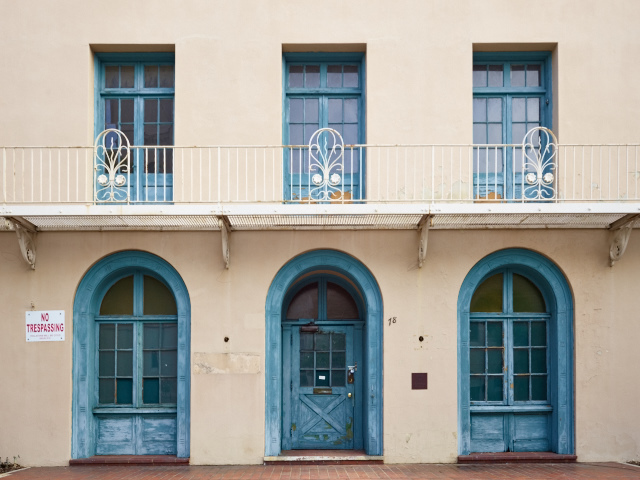
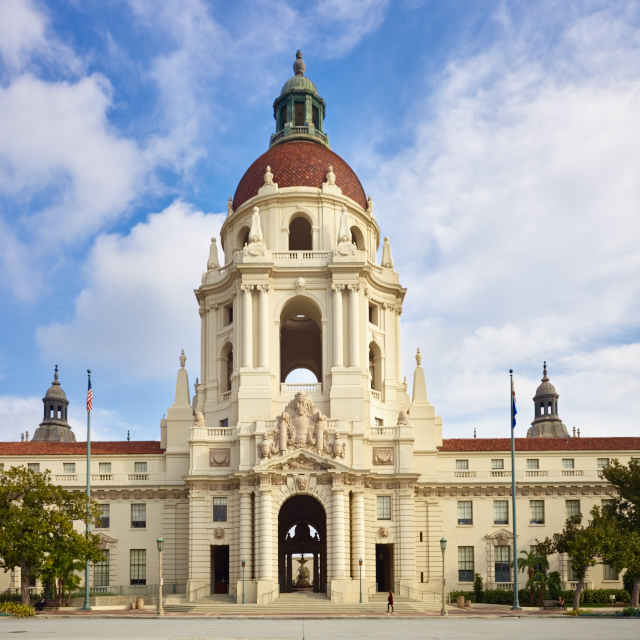
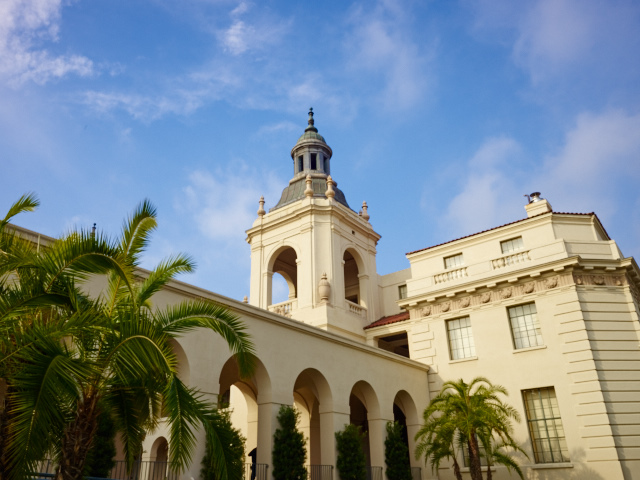
Life seemed to move a bit slower in San Marino. It was a stark break from the hustle and bustle in Manhattan. In an hour I saw more people taking a break than breaking a sweat.
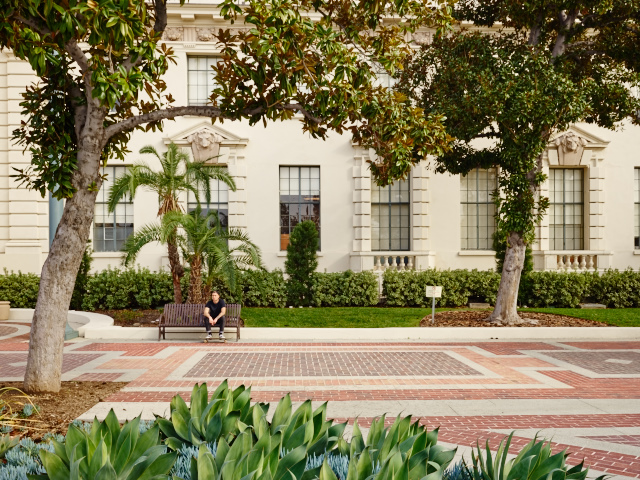
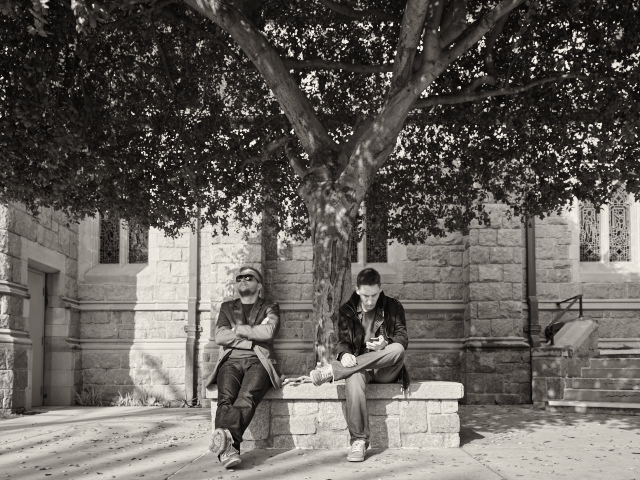
Fortunately before we returned to big city life we had an appointment at USC. The beautiful campus reminded me a lot of my alma mater, Ohio University in beautifulAthens, Ohio (for the half of the academic year that it had nice weather).
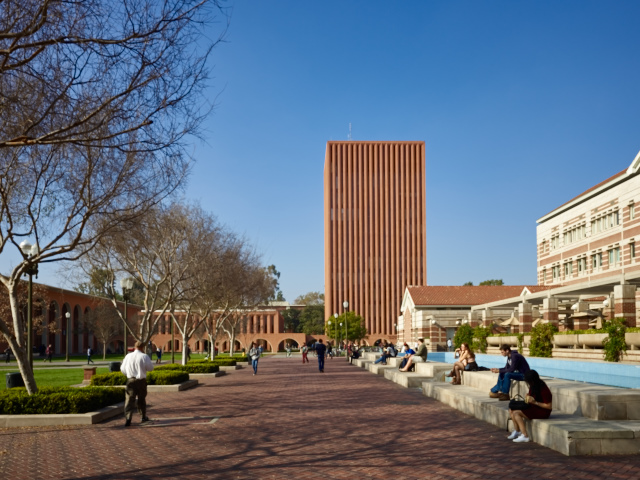
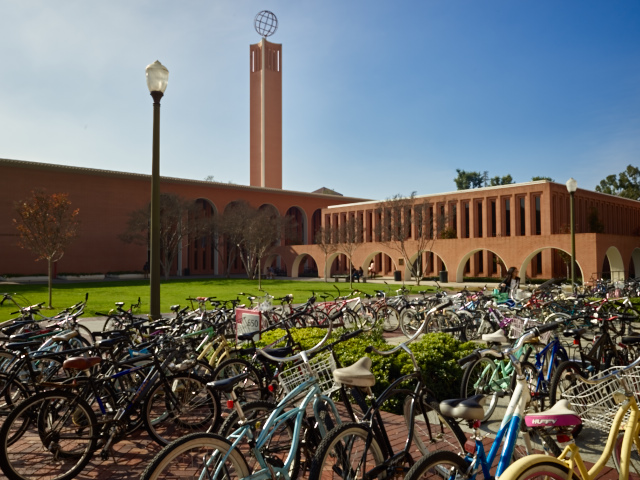
Through the miracle of good planning, and a little bit of luck, we traversed Los Angeles with nary a traffic jam and enjoyed a cocktail overlooking the highway near The Getty Center (where we ran a Phase One Certified Professional (POCP) – Cultural Heritage focused training class for the photographic staff). As the sun set we thoroughly enjoyed watching the traffic, rather than sitting in it. We tried to restrain from venturing into Schadenfreude.
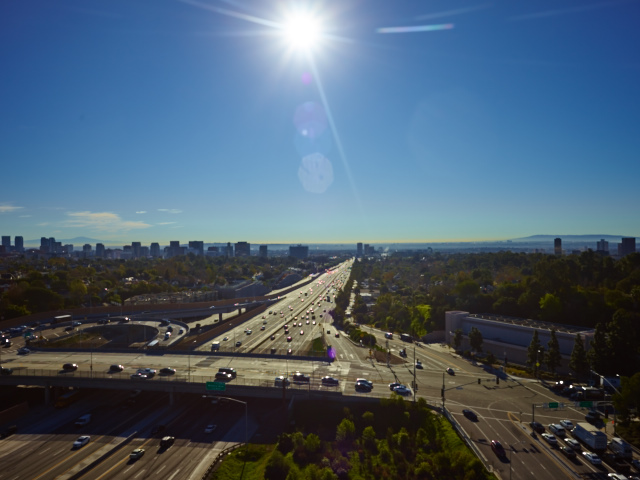
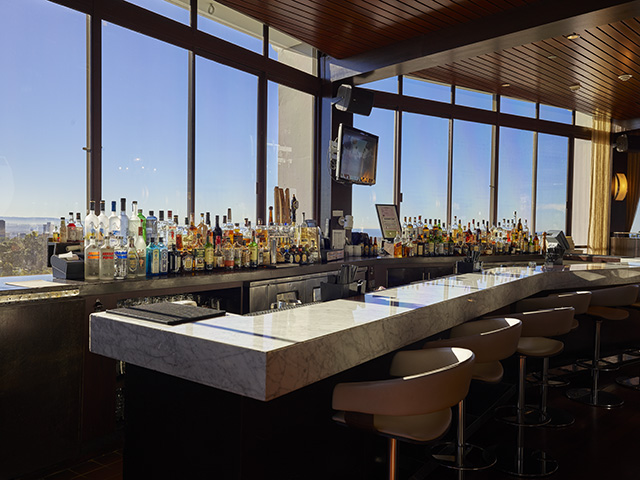
Our final stop was to a commercial art reproduction and commercial photography shop called E Prep Services in Santa Barbara. Commercial spaces like this, in New York, would normally be in old factory buildings or otherwise uninspired spaces with gray facades. But not in Santa Barbara! The meeting, and the view along the way, made the long drive worth while.
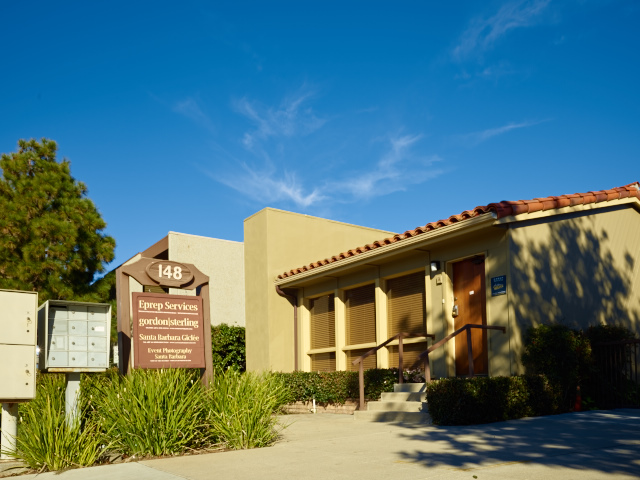
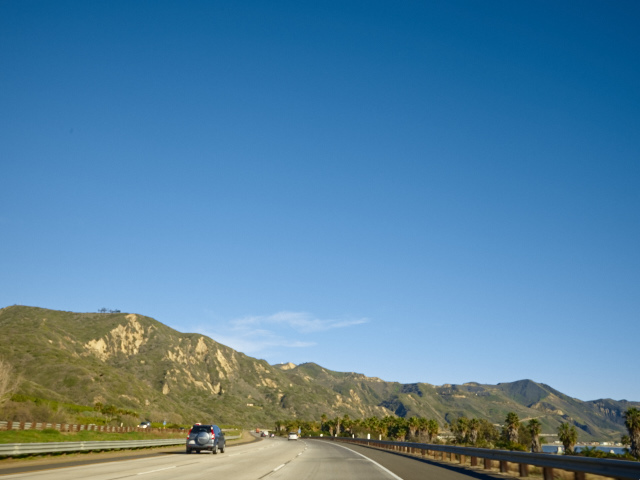
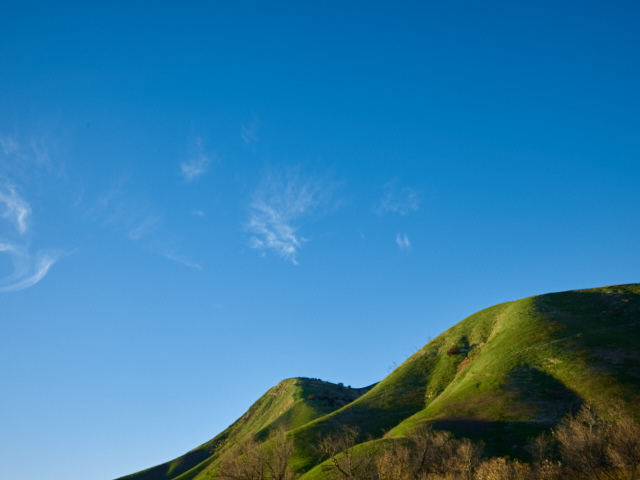
At the end of my work trip I flew to Miami to attend (as a guest) the wedding of my good friend. Just a week earlier I would have told you using an A Series for a wedding was madness. But after having it glued to my hand in California I developed a bit of an emotional bond with it – leaving it in the darkness of the hotel would have been abject cruelty. Is the A Series the ideal camera for wedding photography? Absolutely not. In fact in many ways it’s the exact opposite for what most wedding photographers would want in their hands; it’s slow, it lacks any auto settings, you can’t look through the lens, manual focusing on the fly is hit-or-miss, and the lens is fixed. But it was fun. Seriously; it was the most fun I’ve had with a camera in a long time.
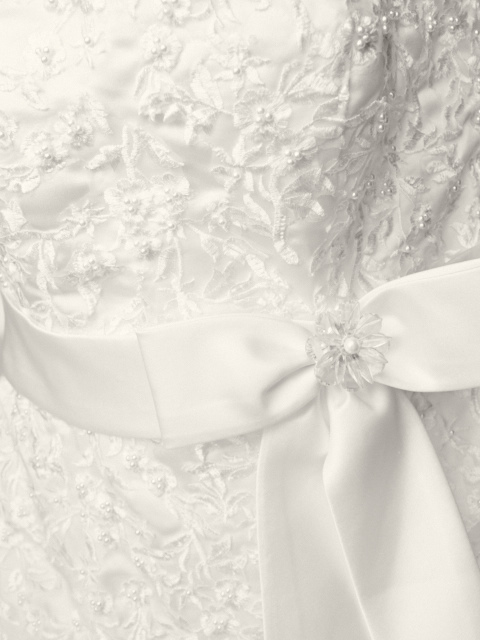

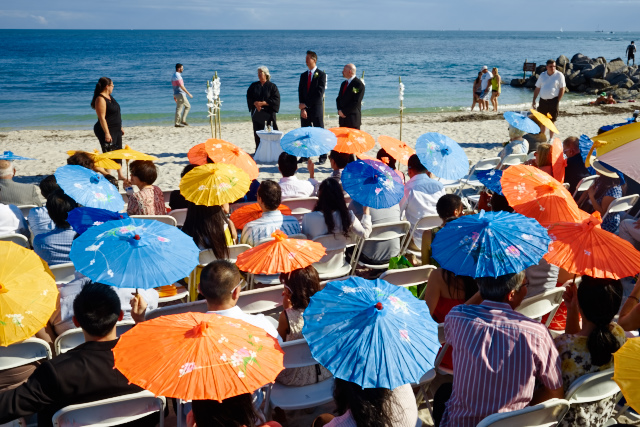

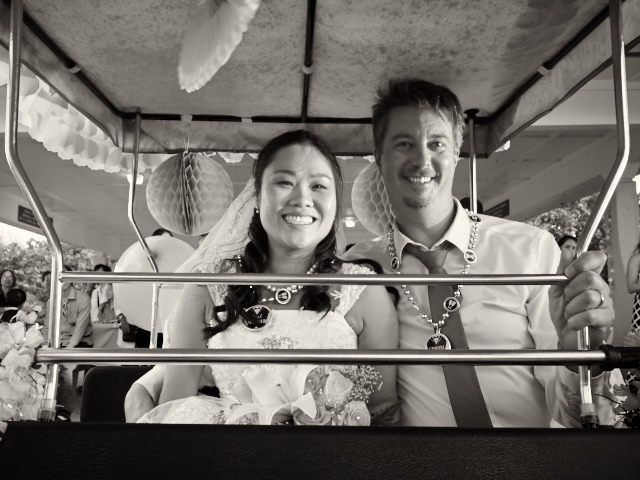
The Practical Limits of Ultimate Simplicity
In many ways using the A Series was liking taking a vacation from photography, or at least the form of photography I’ve become used to. The experience is more zen than logical – it’s the same reason why Luke turned off his targeting computers and opted to ‘use the force’. By eliminating every form of automation and requiring every decision to be made manual the number of variables outside of your control are reduced to a bare minimum. It’s stick vs. manual; sweeping analog timepieces rather than atomic sync’d clock; it’s home-made ice cream rather than engineered soft serve. It’s enormously restrictive, and yet simultaneously freeing. In it’s reductiveness is beauty.
That said, for many photographers, such a vacation from control and flexibility might be relaxing, but far from practical. If the A Series represents one end of the spectrum, prioritizing simplicity over functionality, then the other end of the spectrum is the Arca Swiss RM3Di. It has the same fine craftsmanship, same beautiful construction, and is compatible with the (exact) same Schneider/Rodenstock lenses and Phase One digital backs. But in lieu of a fixed body it provides rise, fall, shift, tilt, and swing. In lieu of a “use the force” composition it features a high precision, low distortion rangefinder. Instead of using a snap-on scale on a standard low-accuracy generic helical it uses an Arca made ultra precision helical that can isolate focus to an inch even at a distance. It also features a no-remove sensor-rotation solution, optional sliding ground glass, electronic lenses with remote control, optional coupled distometer, and optional modular focal plane shutter, and compatibility with the new Arca Swiss Univeralis micro view camera.
In between those two ends of the spectrum are many other technical cameras. Here is our tech cam overview page (the A Series is shown there as the TC on which it is built).Whether you favor simplicity or functionality, somewhere in that spectrum is a tech camera for everyone.
See A Series specifications here.
—
All Images: ©Doug Peterson, 2015. Taken with Phase One A Series with Phase One IQ250 digital back, Alpagon 35HR (same as Rodenstock 35HR). All editing done withinCapture One v8. Raw files available – email dep@digitaltransitions.com.

